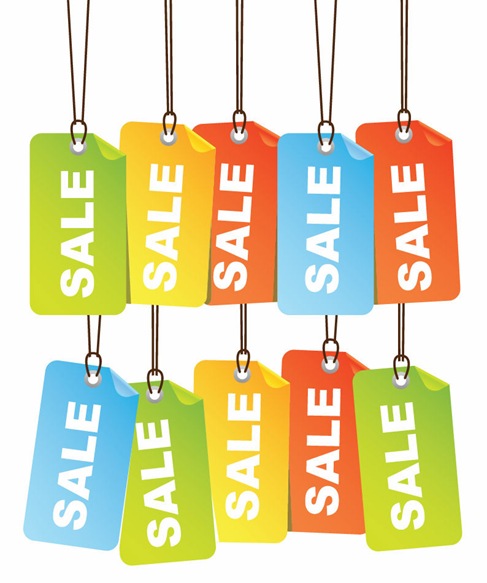Popular Posts
You probably already understand these ideas in their singular senses: ETF, portfolio and indexing. But what is ETF portfolio indexing, all strung together?
Easy enough. It’s a portfolio of index-tracking ETFs. But let’s break it down step-by-step, including how and why each component matters.

1. What is an ETF?
The acronym ETF stands for “exchange-traded fund.” They started out as a way to buy a benchmark. Before ETFs, if you wanted to own the S&P 500, the costs of buying and holding all 500 stocks was overwhelming.
If you wanted it to be market capitalization weighted, that is, to own more of the bigger, more important stocks in proportion, then it was even harder. Market caps rise and fall. So to keep things accurate to the benchmark you had to buy and sell often. Trading costs mounted.
ETFs solved that problem, thanks to some nifty tax legislation. It’s now incredibly cheap, down to hundredths of a percent, to own an entire market and own it accurately, day in and day out. Instant diversification at a bargain price.
2. What is a portfolio?
A portfolio is nothing more than a conscious decision to own certain types of investments, broken down by asset classes, for a long-term purpose. It might be to get access to greater gains over time (so you might own more stocks) or to dampen volatility (thus more bonds) or some mix in between.
A well-designed portfolio, however, moves past stocks and bonds to include foreign stocks, small-cap stocks, emerging market stocks, emerging bonds, real estate and commodities.
3. What is indexing?
A few decades before ETFs got popular, Vanguard Funds set about trying to solve the problem another way. It began to offer very inexpensive mutual funds that promised to closely track a given benchmark. These are not the same as ETFs but most have the same goal: To offer investors easy access to a part of the market with minimal costs.
ETF indexing is simply owning ETFs that mimic index funds by closely hewing to a well-known index, such as the Dow or the Russell 2000 small-cap index. You would choose an ETF if you expect to trade on occasion and a plain-vanilla index fund if you expect to hold the position for months or years.
The reason why is fees. Index funds purchased from a brokerage will cost you a pretty stiff charge, buying and selling. ETFs mostly trade commission-free these days. Both types of funds have their own purposes.
So, what is ETF portfolio indexing? It’s owning ETFs (for their efficiency) in a portfolio (in order to rebalance when necessary) while attempting in each asset class to index (and thus beat active management over time). It’s cheap, easy and effective portfolio management anyone can do.